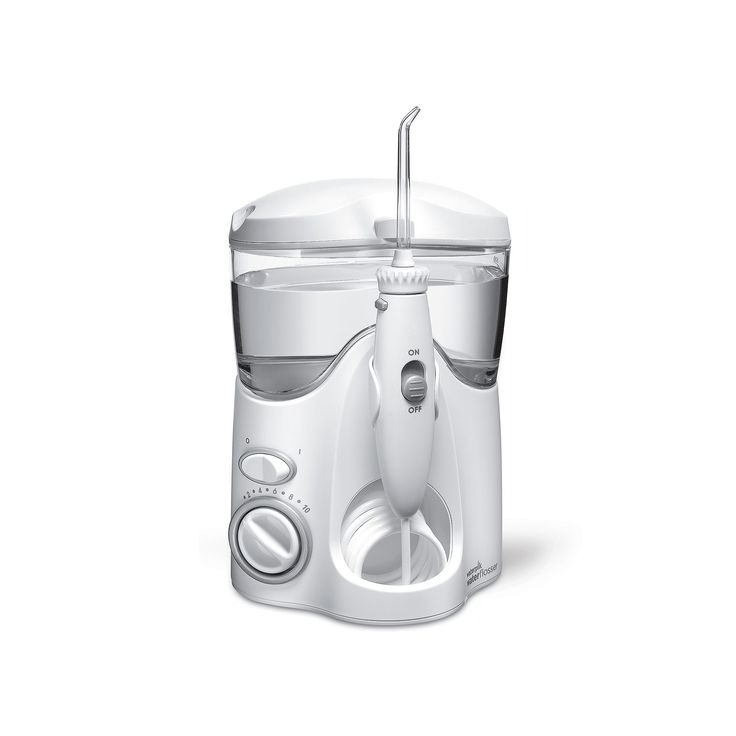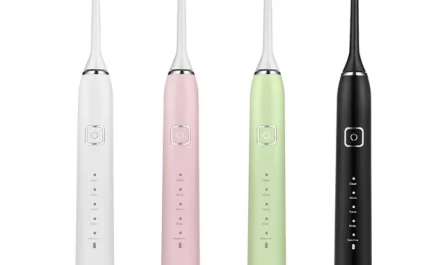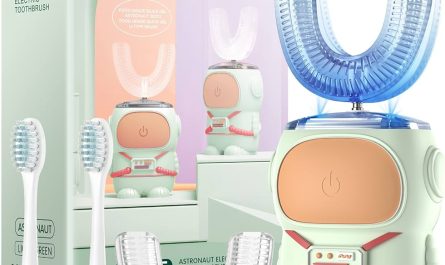Introduction to Water Flossers and Traditional Flossing
When it comes to dental health, effective flossing is key. Traditional string floss has long been the gold standard for getting between teeth and removing plaque and food particles. Yet, the advent of water flossers has introduced a modern twist to this daily routine. They use a stream of water to wash away debris. Both methods aim to prevent dental issues like cavities and gum disease.
Many people wonder if a water flosser can replace flossing. This question stems from the desire for a more efficient and comfortable cleaning experience. In this blog, we will explore the mechanics and benefits of each method. Our goal is to help you determine if a water flosser can stand in for traditional floss. We’ll look at their effectiveness, ease of use, and suitability for different dental conditions. Join us to make an informed decision for your oral health regime.
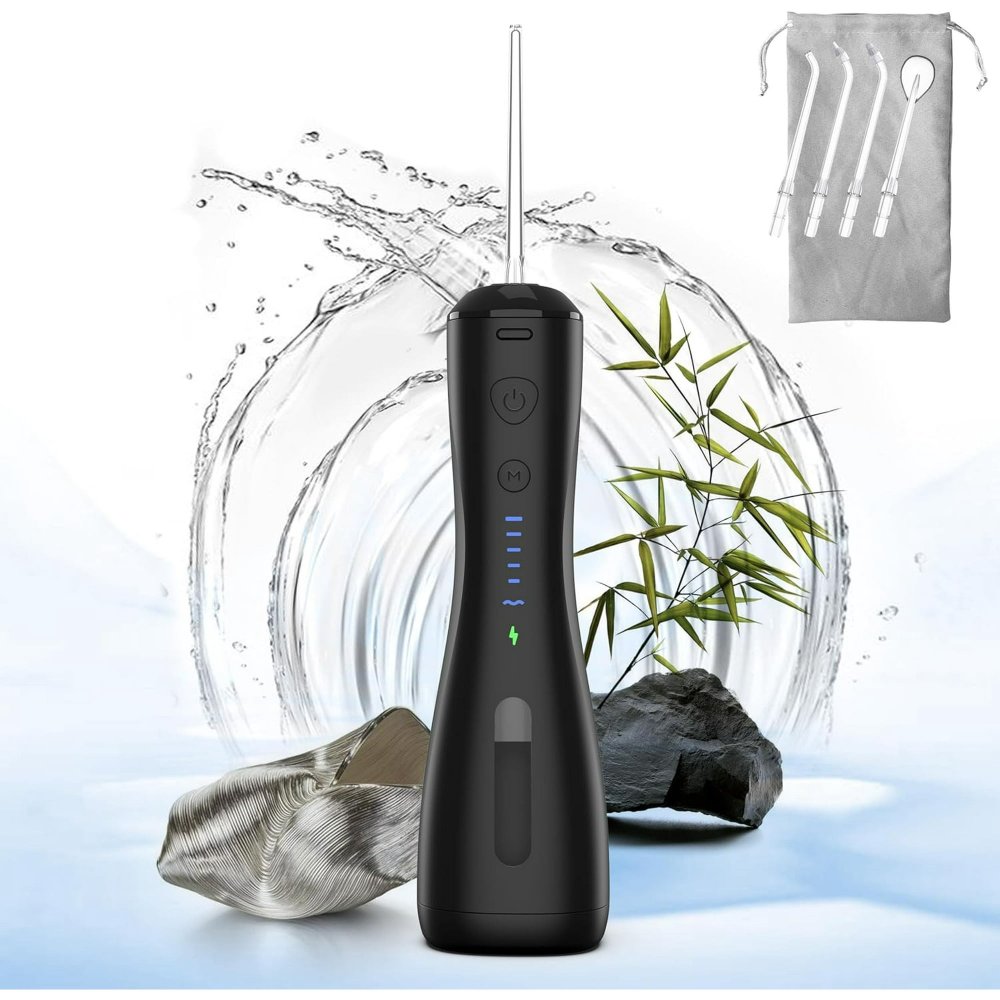
The Basics of Water Flossing
Water flossers have become a popular choice for dental care. Unlike traditional string floss, water flossers use a pressurized stream of water. This stream cleans between teeth and along the gum line. Many find this method less abrasive than string floss. Water flossers come in various models, including countertop and portable designs. Here’s what you should know:
- How They Work: Water flossers shoot a jet of water at a high speed. This action helps remove plaque and debris from your teeth and gums.
- Types of Water Flossers: There are multiple types. Countertop models are standard for home use, while portable ones are great for travel.
- Water Pressure Settings: Most models have adjustable pressure settings. This makes them suitable for people with sensitive teeth or gums.
- Ease of Use: They are generally considered easier to use than traditional floss. This is especially true for those with limited dexterity.
When considering whether does a water flosser replace flossing, it’s important to understand its functionality. Water flossers can reach areas that are often missed by traditional floss. For those with braces or fixed dental appliances, water flossing can provide a deeper clean without the hassle. It’s essential to select a model that fits your needs and to adjust the water pressure for comfort. Regular use can contribute significantly to your oral hygiene routine.
Advantages of Traditional Flossing
Traditional string floss has notable benefits for oral health. Here are some key advantages:
- Precision Cleaning: String floss fits snugly between teeth. It cleans tight spaces well.
- Removal of Plaque: It scrapes off plaque effectively. This helps in preventing tartar buildup.
- Affordability: Floss is low-cost. It makes for an economical dental care choice.
Everyone can use string floss, with a little practice. It works without batteries or a power source. So, it’s reliable anytime, anywhere. For those who travel often or prefer simplicity, traditional floss is easy to pack and carry.
While some find flossing technique tricky, mastering it pays off. Dentists often stress its value in oral care. When used right, it goes deep between teeth. Thus, it protects against gum disease and cavities well. Most of all, it’s a tried and true method. Its effectiveness is well-documented over years of dental practice.
In deciding if a water flosser can replace flossing, consider these points. Traditional flossing has stood the test of time for a reason. It’s a key part of good oral hygiene.
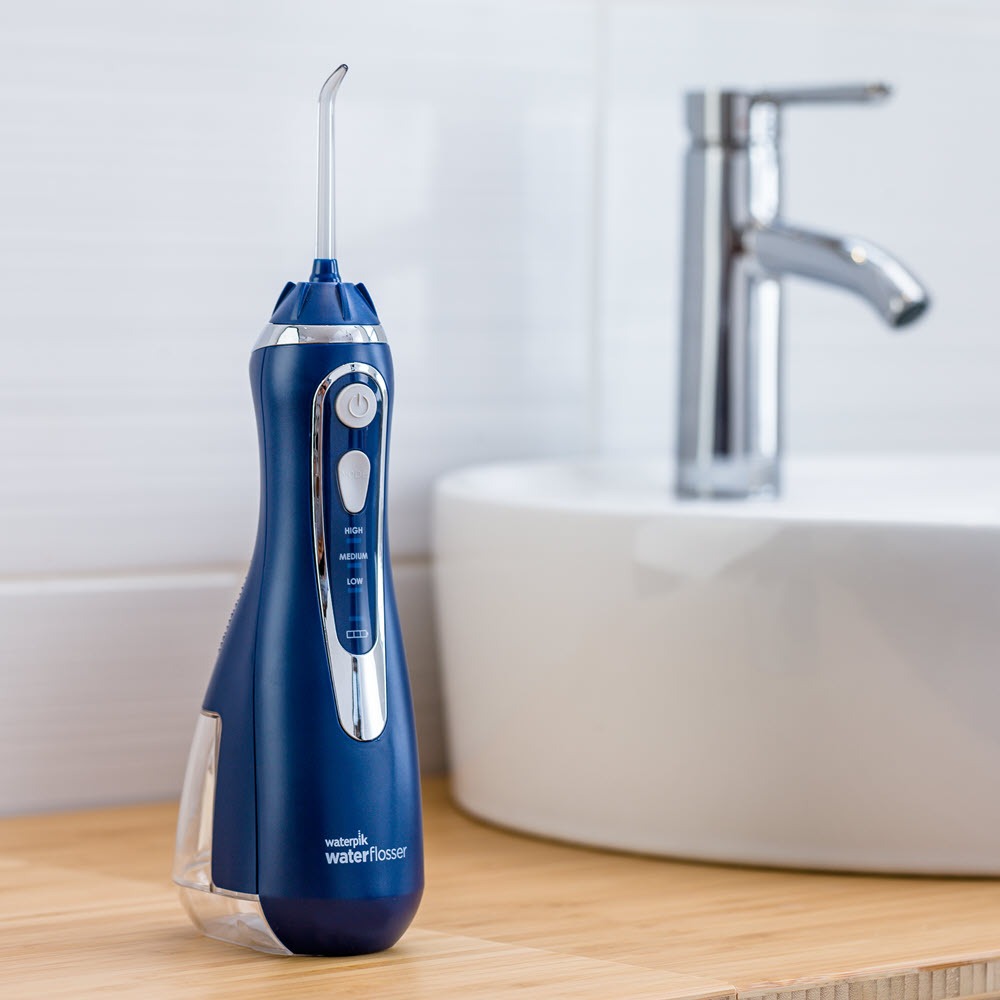
Effectiveness of Water Flossers Compared to Floss
Water flossers and traditional floss each have their own ways of cleaning between teeth. The big question many people ask is: does a water flosser replace flossing when it comes to effectiveness? Let’s compare their cleaning power.
One of the main reasons water flossers are gaining attention is their ability to reach difficult spots. For example, they can clean around braces and dental work with ease. They do an excellent job at washing away loose food particles. However, it’s important to note that they rely on water pressure for cleaning. While they are great for rinsing, they may not always match the ability of traditional floss to scrape sticky plaque directly off the tooth surface.
On the other hand, traditional floss is highly effective at dislodging plaque when used correctly. Its thin material can get into the tiny gaps between teeth and under the gum line. It’s this thorough cleaning action that helps prevent gum disease and cavities. It has a direct physical impact on the area it contacts, unlike water flossers that use a stream of water to clean. This scraping action of floss is irreplaceable in certain aspects of dental care.
Studies have shown mixed results over which method is superior. Some suggest that water flossers might be just as effective, or even more so, for people with specific dental conditions, like periodontal disease. However, many dental professionals agree that, despite the effectiveness of water flossers, they should not entirely replace string floss. The combination of both could provide comprehensive cleaning. This way, you can benefit from the ease of a water flosser and the precision of traditional floss.
In summary, water flossers can complement but not completely replace flossing. They are effective in their own right and provide a valuable alternative, especially for people who struggle with manual dexterity. But for optimal oral health, incorporating both methods might be the best approach.
Suitability for Braces and Dental Work
People with braces face unique challenges in maintaining oral hygiene. Traditional flossing can be tough for them. It’s hard to maneuver string floss around wires and brackets. This can lead to less effective cleaning and a higher risk of plaque buildup. Here’s where water flossers shine. They make cleaning around braces much simpler. The water stream flows through the spaces, clearing out trapped food and plaque. This is crucial in preventing decay and maintaining healthy gums.
Water flossers are also great for those with dental work, like bridges or crowns. Their ability to flush out debris from hard-to-reach areas is a big plus. It helps avoid the food particles that can lead to discomfort or dental problems. So, when asking ‘does a water flosser replace flossing,’ consider the type of dental work you have. For braces and other dental appliances, water flossers can be a game-changer in your daily routine.
Ease of Use and Accessibility
When considering the question ‘does a water flosser replace flossing,’ ease of use is a key factor. Many find water flossers to be more user-friendly than traditional string floss. Here are a few reasons why:
Less Manual Dexterity Required: Water flossers do the work for you with their stream of water. This means you don’t have to be as skilled with your hands as you do with traditional floss.
Convenient for People with Arthritis: Those with arthritis or other conditions that impact hand movement may find water flossing more accessible.
Quick Setup: Most water flossers are ready to use right out of the box. Just fill the reservoir, select your pressure setting, and you’re ready to go.
Ease of Reaching Back Teeth: Getting to the back teeth can be a challenge with string floss. Water flossers have tips designed to reach these areas easily.
Accessibility is also about availability. Traditional floss is everywhere. You can find it in every grocery store, pharmacy, and convenience store. Water flossers, on the other hand, are usually found at specialty stores or ordered online.
In terms of travel, traditional floss is the winner. It’s light, takes up little space, and doesn’t need a power source. If you travel a lot, this can be a major benefit. Conversely, while portable water flossers are an option, they are larger and often require charging or batteries.
Choosing between a water flosser and traditional floss often comes down to what works best for your lifestyle. If you value convenience and ease of use, a water flosser might be the right choice for you. On the other hand, if you prefer something reliable and accessible everywhere you go, traditional floss may be better suited to your needs.
Oral Hygiene for Sensitive Gums
For those with sensitive gums, choosing the right oral hygiene method is vital. Traditional flossing can sometimes be harsh, leading to discomfort or bleeding. Sensitive gums require gentle care. Water flossers, with their adjustable pressure settings, offer a softer alternative. You can clean your teeth and gums without causing pain. Their gentle water stream can soothe tender areas while effectively removing debris.
When asking ‘does a water flosser replace flossing’, think about your gum health. With sensitive gums, managing irritation is key. Water flossers can provide cleaning without the aggressive contact of string floss. They can be especially beneficial if you have gum disease, where gentle care is critical.
To protect and maintain sensitive gums:
- Choose Soft Dental Tools: A water flosser with soft tips can protect your gums.
- Use Gentle Techniques: Whether using a water flosser or string floss, be gentle.
- Consider Pressure Settings: With a water flosser, start on a low setting and increase as comfortable.
- Stay Consistent: Daily gentle flossing can help reduce sensitivity over time.
It’s always best to talk to your dentist. They can provide tailored advice for your gum sensitivity. Remember, whether it’s a water flosser or traditional floss, the goal is to maintain a clean, healthy mouth without causing more sensitivity.
Conclusion: Making the Right Choice for Your Dental Health
Choosing between water flossers and traditional flossing comes down to personal needs and preferences. We’ve looked at both methods in depth. Now, let’s sum up the key points to help you make an informed decision for your dental health.
- Evaluate Your Oral Care Needs: If you have braces, dental work, or trouble with manual dexterity, a water flosser might prove more useful.
- Consider Effectiveness: Though water flossers are good at cleaning tricky spots, traditional floss has a superior ability to scrape off plaque.
- Balance with Convenience: Water flossers are easier for some people to use. Meanwhile, traditional floss is more accessible and portable, especially for travel.
- Gum Sensitivity Matters: Those with sensitive gums may find the adjustable pressure of water flossers more comfortable.
- Combine Methods for Best Results: Using both a water flosser and traditional floss may offer the most comprehensive clean.
Does a water flosser replace flossing? This question doesn’t have a one-size-fits-all answer. It’s best to consult with your dentist and consider all aspects of your oral hygiene routine. Remember, the ultimate goal is to maintain a healthy mouth, prevent gum disease, and reduce the risk of cavities. Finding the right balance between efficiency, comfort, and thoroughness in flossing can make all the difference to your oral health. Make your choice based on what fits your lifestyle and meets your dental care needs most effectively.

